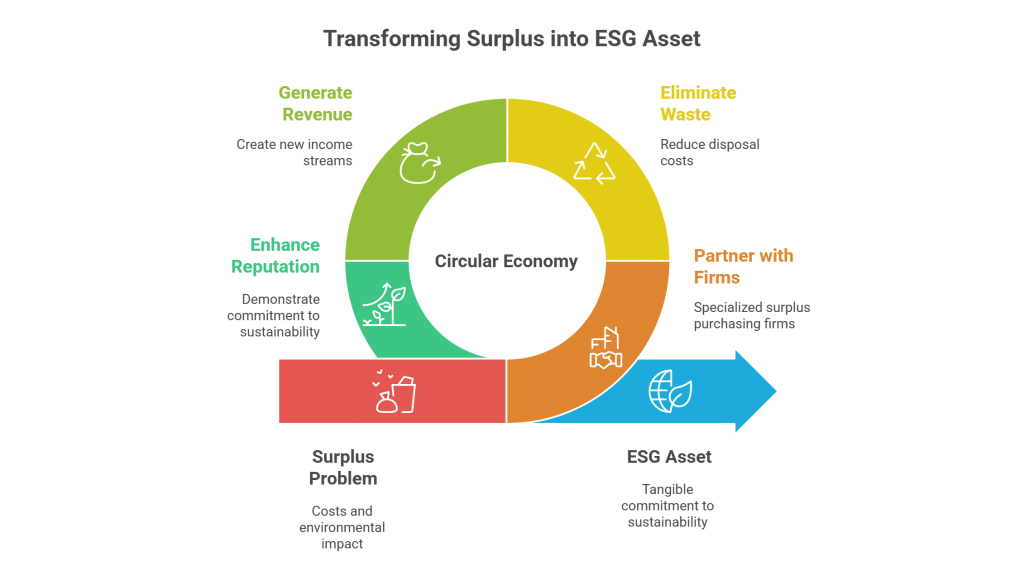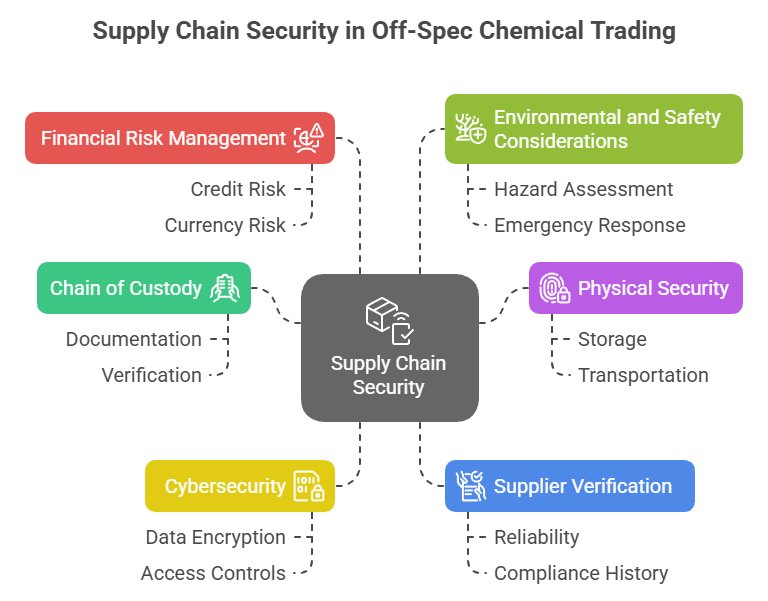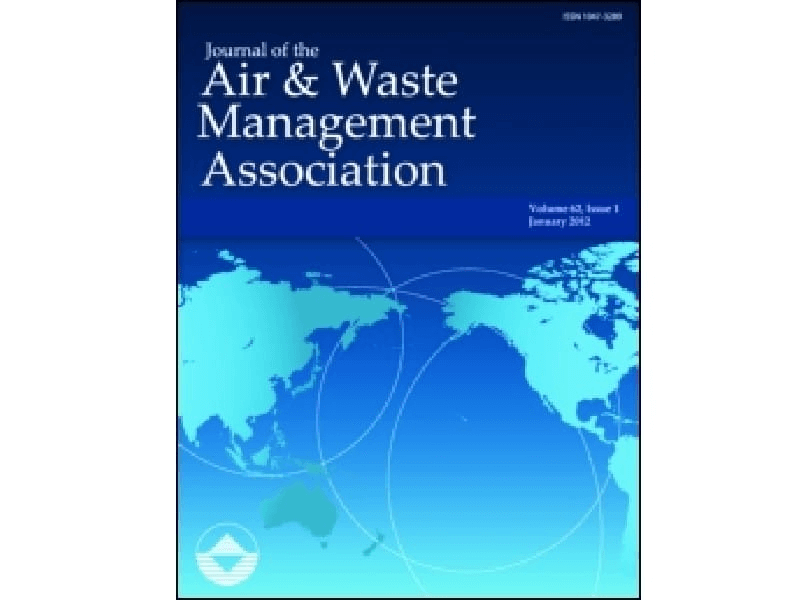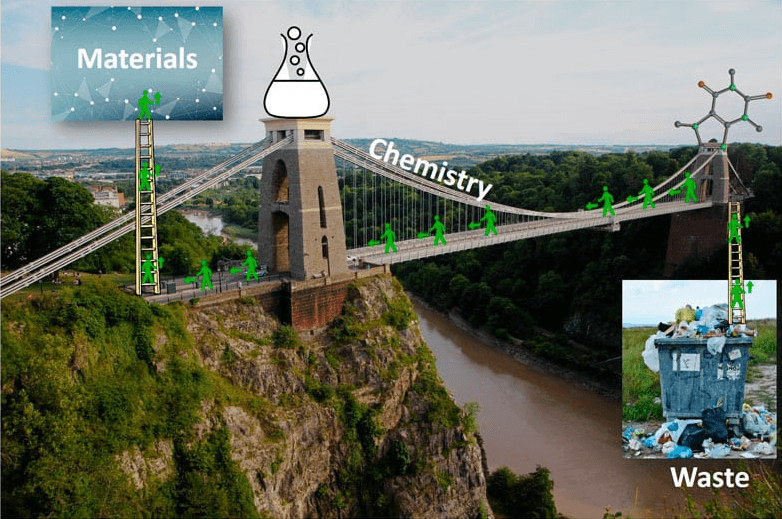Discover the Value of Surplus Scleroglucan in Cosmetics & Industrial Applications
Surplus Scleroglucan: Unlock Value in Cosmetics & Industrial Markets
Scleroglucan in the Cosmetics & Industrial Sector
Table of Contents
Turning Excess Scleroglucan into Industrial and Cosmetic Innovation
A mid-sized cosmetics manufacturer recently found themselves with an overstock of Scleroglucan due to a shift in product development priorities. Instead of incurring high storage costs and disposal fees, they engaged in a surplus trading program. The surplus was successfully sold to an industrial firm that needed a high-performance thickening agent for enhanced oil recovery applications. This strategic move not only recouped significant production costs but also helped both companies achieve sustainability targets. The manufacturer enjoyed lucrative returns while the purchaser gained a reliable source of premium-grade Scleroglucan, proving that sustainability and economic efficiency can go hand in hand in today's competitive market.



















